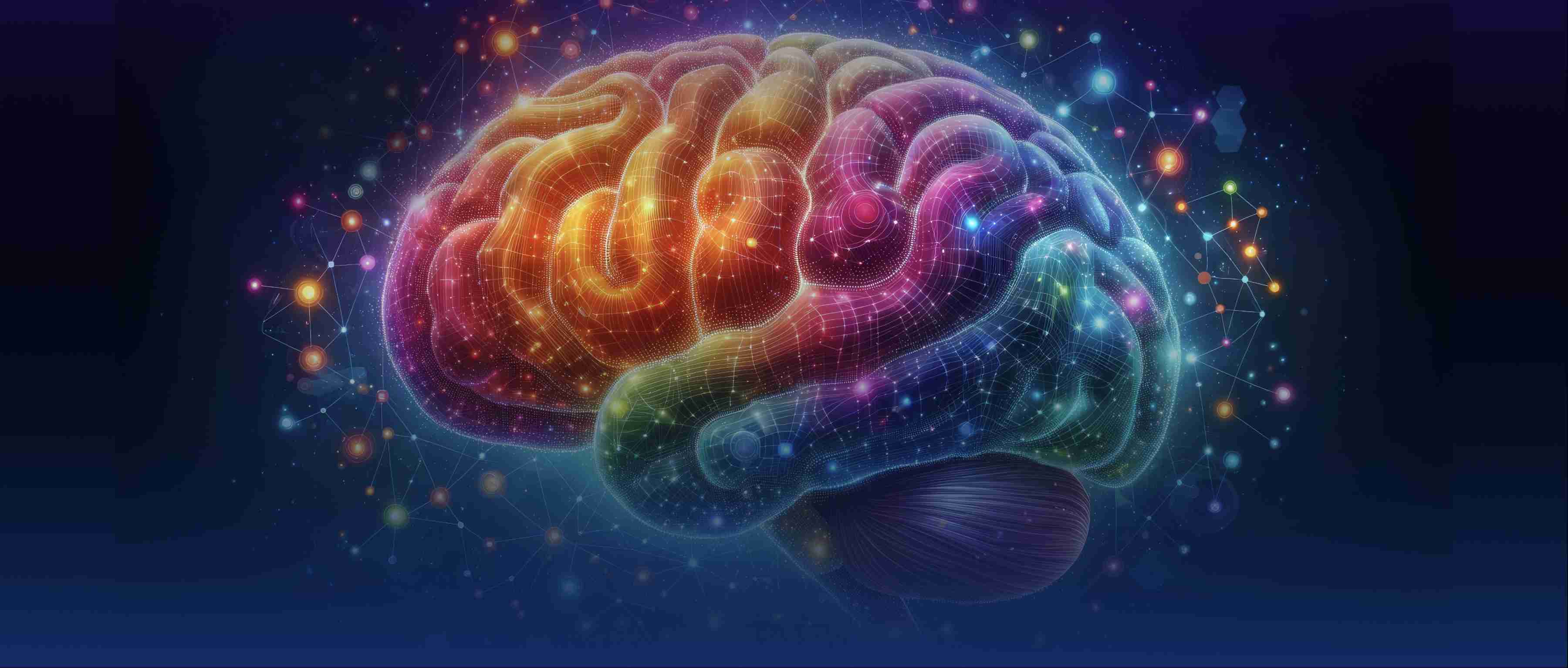Quantum coherence is fundamental to quantum computing as it allows quantum bits, or qubits, to maintain their quantum state over time. In classical computing, binary bits can only be in one of two states: 0 or 1. However, qubits can exist in multiple states simultaneously due to superposition, which is possible only when there is coherence. Maintaining coherence is crucial because it ensures that a qubit can perform complex calculations by representing numerous combinations of 0s and 1s at once.
When qubits are coherent, they can interact in a synchronized manner through a process called entanglement. This interaction enables quantum computers to solve problems that are typically intractable for classical computers. For example, in quantum algorithms such as Shor’s algorithm for factoring large numbers or Grover’s algorithm for searching unsorted databases, the ability to process multiple outcomes simultaneously is key. If coherence is lost—often due to environmental disturbances—the qubits can lose their relationship and revert to classical behavior, undermining the advantages that quantum computing offers.
In practical terms, achieving and maintaining quantum coherence is one of the biggest challenges engineers face when building quantum computers. This involves designing systems that minimize noise and decoherence, which can occur through interactions with other particles or electromagnetic fields. Researchers explore various materials and techniques, like error correction codes and cryogenic environments, to enhance coherence times. As a result, improving coherence not only enhances computational capabilities but also brings quantum computing closer to practical, real-world applications.
